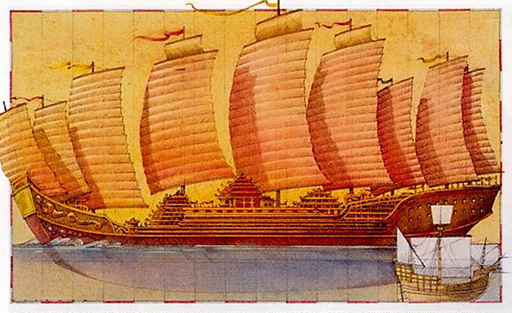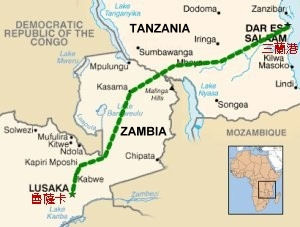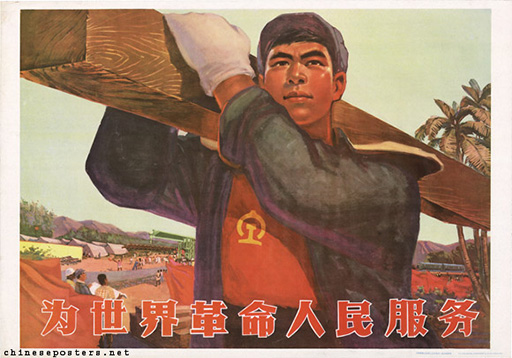1 A brief introduction to China’s relationship with Africa
China has engaged with Africa for many centuries, with Zheng He’s voyages to East Africa in the fifteenth century considered the start of regular contact between China and the African continent.
During the European colonial era, Chinese indentured labourers were shipped to Southern Africa in the nineteenth century to build infrastructure and work plantations following the abolition of slavery. While many of these so-called ‘Coolie’ labourers were returned to China, a few stayed on and established the first permanent settlements of Chinese people in Africa. In the mid-twentieth century Maoist China reached out to Africa as part of its geopolitical strategy of forging key alliances with ‘socialist’ countries and to oppose Russian and American influence on the continent. The Tanzam Railway, linking Tanzania and Zambia, is held up as the pinnacle of this era of socialist cooperation and still resonates today as a symbol of China’s supposedly benign interests in Africa.



